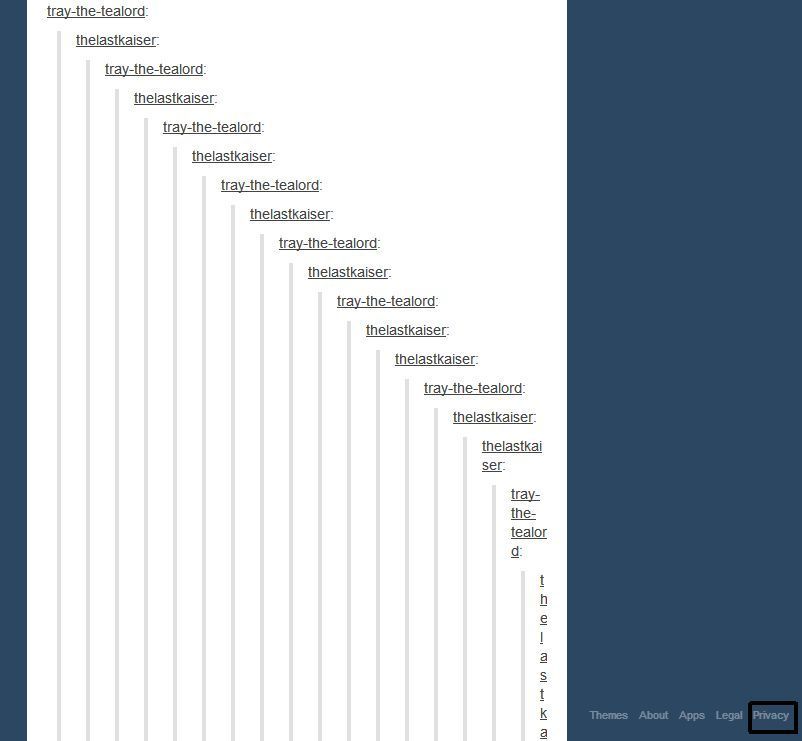

THE OPERATIONAL ART OF WAR IV COUNTERS DIAGRAM MANUAL
Army Field Manual 100–5: Operations, 1993.

Newell, The Framework of Operational Warfare, 1991. They saw it as the purview of the theater commander, who must determine what sequence of campaigns would be necessary to accomplish the strategic goal and how resources should be apportioned to execute them.Ĭlayton R. thinkers began concentrating on operational art by the 1980s. Some saw its genesis in the Russian civil war and World War I, while others saw it as an outcome of the Napoleonic Wars and the revolutionary development of the levée en masse, when campaigns followed one another toward the attainment of a strategic goal. Soviet military theorists were the first to coin the term operational art and to analyze the concept, institutionalizing it by the mid‐1920s. And commanders from each perspective have the task of apportioning resources for example, the strategic commander must apportion resources among the Allied nations and their land, naval, and air arms of service, the operational commander among his various tactical units, and the tactical commander among his small units and their assigned beaches. Although the perspectives share some aspects, each clearly had definable tasks that are the primary responsibility of commanders at a given level. Between these perspectives, the operational perspective included tasks such as apportioning resources to provide a balance between assault forces and follow‐on reinforcements providing for naval and air support of the landings coordinating the massive logistics requirements of the invasion ensuring proper command and control to react to enemy actions and planning the subsequent campaign for the breakout from the beachhead. From the perspective of the tactical land forces employed in the assault on the French coast, the task became, at its most basic, merely to get ashore, secure the beachhead, and survive until reinforcements were landed. Viewed from this perspective, the endeavor was one of coordinating land, naval, and air forces apportioning resources between them conducting military and political intelligence operations promoting harmony between the Allied forces participating and planning campaigns to be carried out over an extended period to destroy Germany's armed forces. The Allied strategic aim was to enter the Continent of Europe and conduct operations into Germany to destroy Berlin's armed forces. In analyzing operational art, it is helpful to conceptualize strategy, operations, and tactics as “perspectives on war” rather than the more accepted “levels of war.” Conceptualized as levels, the strategic, operational, and tactical tiers invariably overlap, while if viewed as perspectives, the different analyses can be better outlined to complement one another.Īs an example, one might consider the Allied invasion of Normandy, France, in June 1944. For this reason, some analysts have seen its origins in the eighteenth‐century idea of campaign strategy. While not neglecting the strategic objectives of belligerents in war and their tactical doctrines, it concentrates on a level between them. Operational art forms a bridge between strategy, defining the political aims of a war, and tactics, fighting the battles of a war. It involves joint and combined forces and apportioning resources to tactical units. Operational Art is a twentieth‐century concept dealing with the direction of military forces in conceiving and executing operations to attain strategic objectives.


 0 kommentar(er)
0 kommentar(er)
